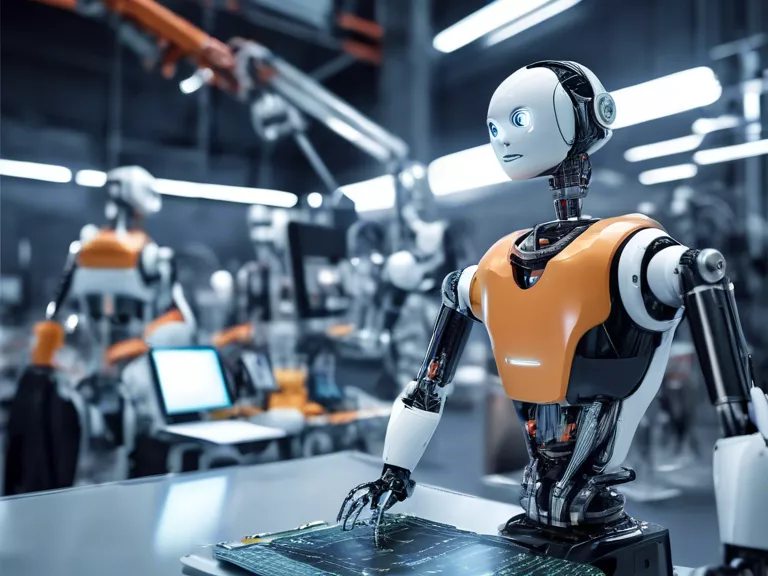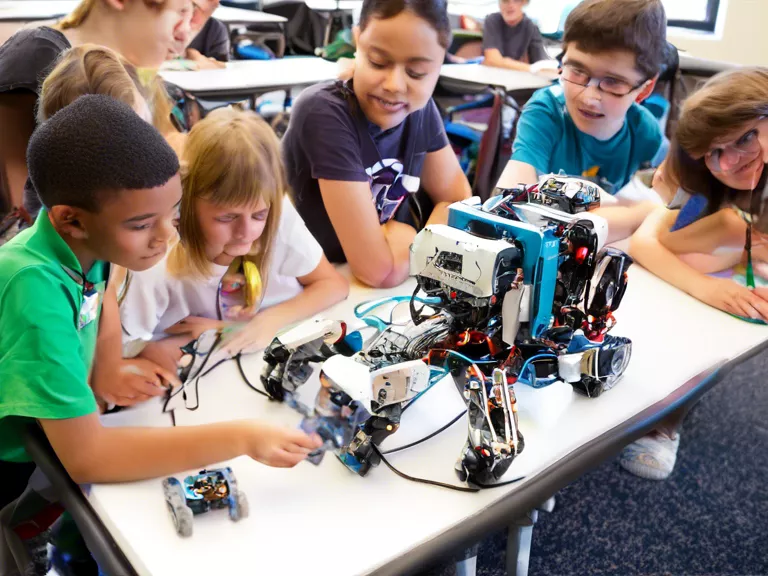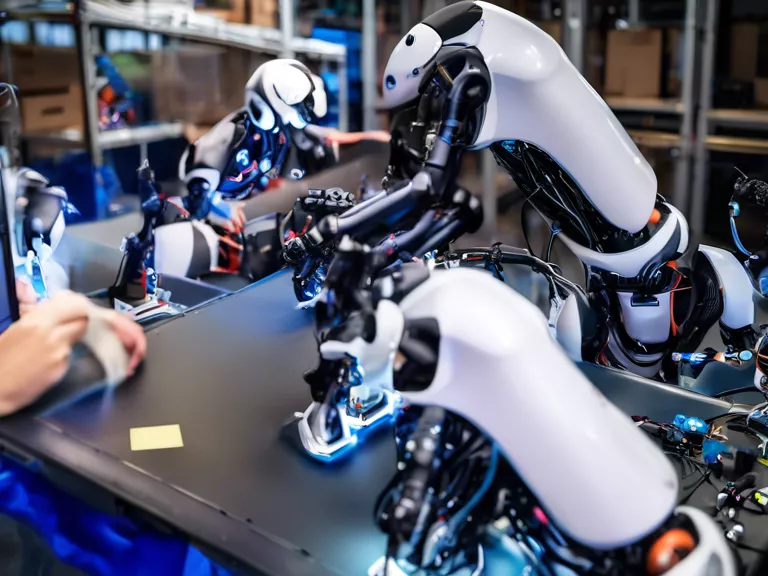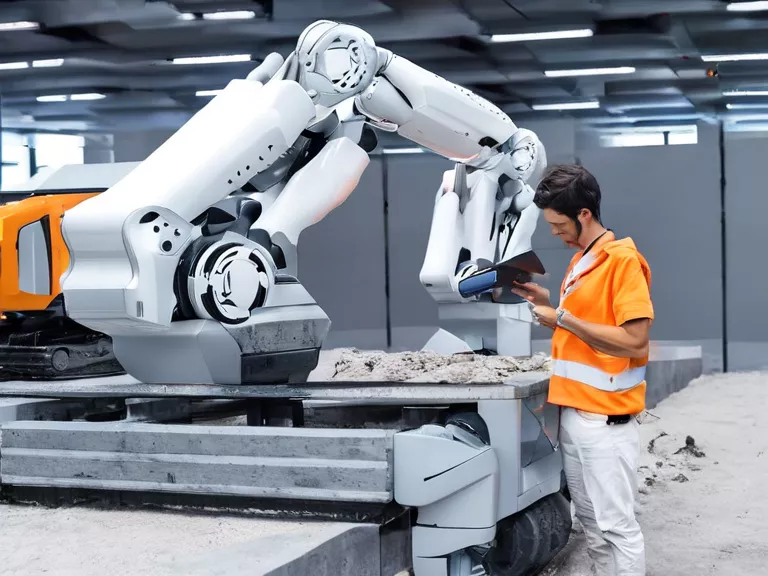
The Rise of Robotics
Robots have been a fascination for humans for generations, appearing in popular culture and science fiction as futuristic beings capable of incredible feats. However, in recent years, robotics has transitioned from the realm of fantasy to reality, with significant advancements being made in the field. Tomorrow's innovations are shaping up to revolutionize industries, enhance productivity, and improve our daily lives.
Evolution of Robotics
The evolution of robotics can be traced back to the early 20th century, with the development of the first industrial robots in the 1950s. These early machines were primarily used in manufacturing settings to perform repetitive tasks with precision and efficiency. Over the years, robotics technology has advanced rapidly, incorporating artificial intelligence, machine learning, and advanced sensors to enable robots to adapt to their environment and perform complex tasks.
Applications of Robotics
Today, robotics is being applied across a wide range of industries, from healthcare and agriculture to transportation and entertainment. In the healthcare sector, robots are assisting surgeons in performing delicate procedures with greater accuracy and precision. In agriculture, robots are being used to automate tasks such as planting, watering, and harvesting crops, increasing efficiency and reducing labor costs.
Future Innovations
The future of robotics holds even more exciting possibilities, with researchers and engineers working on developing robots with advanced capabilities. One area of focus is humanoid robots, which are designed to mimic human movements and interact with the environment in a more natural way. These robots could be used in a variety of settings, from assisting elderly individuals with daily tasks to exploring hazardous environments such as disaster zones.
Challenges and Considerations
While the potential benefits of robotics are vast, there are also challenges that need to be addressed. One major concern is the impact of automation on the workforce, as robots have the potential to replace human workers in certain industries. It is essential for policymakers and industry leaders to consider the implications of widespread robot adoption and develop strategies to ensure a smooth transition for workers.
Conclusion
As robotics technology continues to evolve, the possibilities for innovation and advancement are limitless. Tomorrow's innovations in robotics have the potential to transform industries, improve efficiency, and enhance our quality of life. By staying informed about the latest developments in the field of robotics, we can prepare for a future where robots play an increasingly integral role in society.
Glass of Win
Smile to Africa Adventure
Monika Brodka
USS Oriskany
Literati2
Penny Hardaway
Designed in Finland
Refiza
Dan Rodimer
Local Savage
ATW Traveler
Marcel Theroux
Kemble Gallery
Cronk's Oakridge
El Horizontal
Em Cada Pagina
Iroko Designs
La Fonda Mexican Restaurants
Layton Bio
Nanjing Expat
Richard YT
Righting Food
Shkodra Daily
Merabsp
pfoto rzd
Esculturasy Monumentos
Warren Indiana
Jintara Fan Club
fted cruz
Khamag Mongol
Military Art Company
beavtrav
Belum Lama
Blue Rooster Food Company
DJ Vibe
eugene the brand
hennypalooza.com
hillsideornamentals.com
Komik Gratis Online
matsunoyanotsuma.com
mix4max.com
sharingourfoodadventures.com
thebestbedlinenintheworld.com
thegrayandorange.com
toronto-restaurants.com
yamato-movie.com
Scoops Ice Cream Truck
Uncover Studios
Fc Lupopo
Toci Lamart



